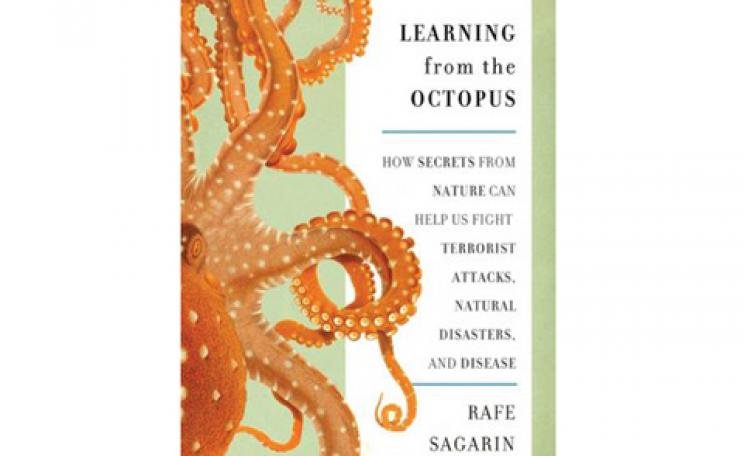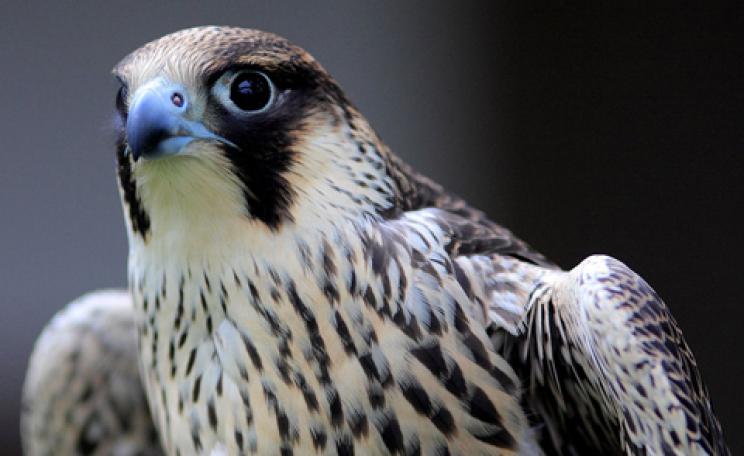The controlled extermination of non-native species on the islands of Anacapa and Santa Cruz is the focal point of the new novel from T.C. Boyle. In his writing, Boyle discusses the trouble of non-native species invading contained ecosystems, an environmental issue with global scope, which is still creating an alarming number of problems in myriad locations. In Boyle’s own country, the effects of the apple snail, introduced to Hawaii in the 1980s, are well documented with the snails’ voracious appetite for vegetation ranging from vital domestic crops to plants that provide food and habitat for the native wildlife, placing a serious strain on local eco-systems.
Another example is that of the Japanese beetle, first introduced to America in 1924, which is seen as a huge problem for gardeners and vegetable growers nationwide. Closer to home, the North American grey squirrel is wreaking havoc on Britain’s woodlands and has been a big factor in the continued decline of native red squirrels and other woodland birds. What’s more, this is a problem that’s really costing us. According to the Nature Conservancy, encroachment by non-native species costs us an estimated £860 billion annually; that’s five percent of the global economy.
This is the issue on which Boyle has hinged the plot of When The Killing’s Done, and he uses every literary device he can think of to make sure that it gets our attention. Boyle is clever in his presentation and has created an interesting, albeit slightly over-egged, plot; resulting in a compelling and very engrossing novel, which gently persuades the reader that non-native species pose a real threat to ecocsystems, rather than lecturing them on it. There’s plenty of relationship drama, enthralling family histories and compelling characters; and there’s even a decent amount of sex, but that’s just to make sure you’re paying attention. From the spectacular shipwreck at the beginning to the riveting finale, Boyle knows how to keep you hooked while never straying too far from the central theme. It’s all rather clever really and makes a thorny ecological question accessible to a wide audience. He uses his environmental content to enhance and enrich the narrative rather than distract from it. Like a teacher who makes learning fun, Boyle uses a story to educate.
Particularly effective is Boyle’s use of multiple characters with varying viewpoints on the issue to tell the story from more than one angle. This is important because the problem he is exploring here isn’t black and white: there is no single answer. The most likeable character is behind the controlled extermination because she wants to protect the native species of the islands. An admirable goal, but are there faults in her method? What about the species who come to depend on the non-native species as a food source? What are the consequences for the food chain? Could her good intentions lead to a situation that is even worse? Boyle demonstrates that no matter how benevolent the intention, no solution is without consequence in these intricate eco systems. He effectively conveys the delicacy of nature’s balance, and how easily it can be upset. Thanks to his multi-dimensional perspective, you realise that this complex problem requires a similarly intricate solution.
This complexity means that although the book leaves you with a better understanding of the issues surrounding biodiversity management, it also leaves you more confused about how to deal with them. Questions will be asked regarding continued human involvement in eco systems like those in the book. Are we responsible for re-balancing these eco systems? Or, are we doing more harm while setting lethal precedents regarding human involvement and manipulation of the fragile balance of the natural world? That there’s so much to consider after you’ve put the book down is a testament to the engrossing power of Boyle’s story.
When The Killing's Done by TC Boyle is available from Amazon and costs £11.99
| READ MORE... | |
 |
INVESTIGATION Why invasive plants are the 'second biggest threat to biodiversity' after habitat loss As experts gather in London for a major conference addressing the often overlooked threat of invasive species to biodiversity, Carrie Madren gets a briefing from those on the frontline in the battle against 'pest plants' |
 |
GREEN LIVING Super nature: creating a wildlife garden From birds to dragonflies and butterflies to bees, Hazel Sillver explains how to turn your garden into a haven for wildlife |
 |
GREEN LIVING Help save Britain’s birds From buying a nest box to keeping Mr Bigglesworth under control; there are plenty of ways in which you can help the UK’s bird population |
 |
REVIEW Harmony: A new way of looking at our world Prince Charles's new book reacquaints us with a sense of our collective spirit, a place that has become increasingly remote from our digitally 'enhanced' worldview, says Jemima Roberts |
 |
REVIEW The Wisdom of Sustainability: Buddhist Economics for the 21st Century Combining a detailed dissection of our unsustainable economy with an introduction to Buddhism, Sulak Sivaraksa’s economic vision provides an alternative to globalisation |








